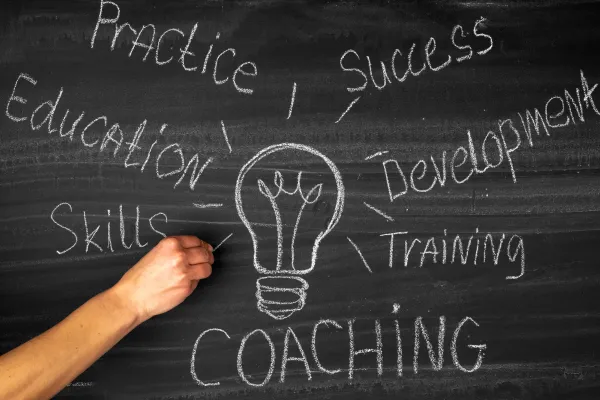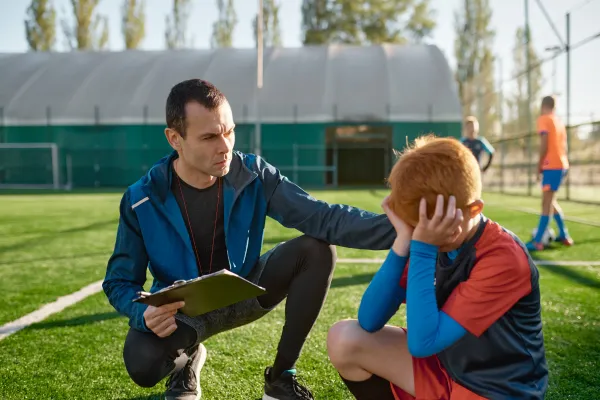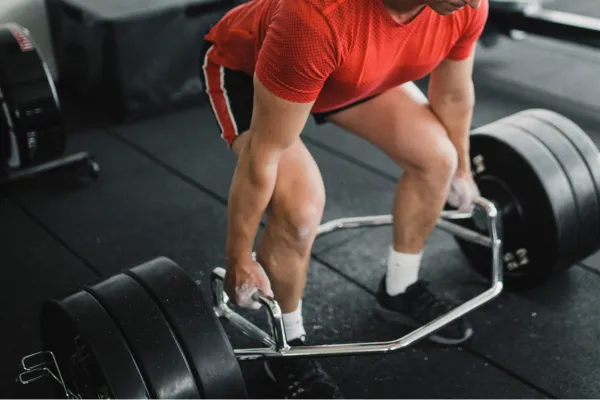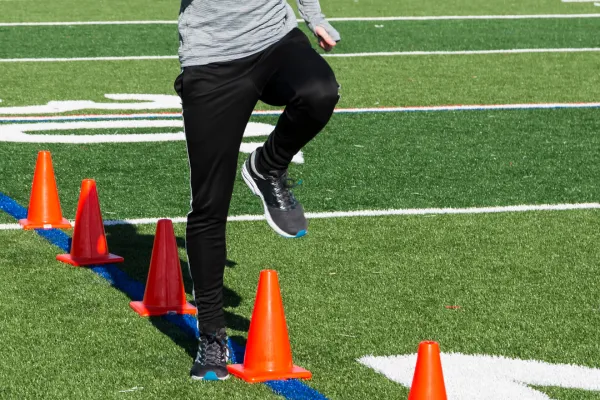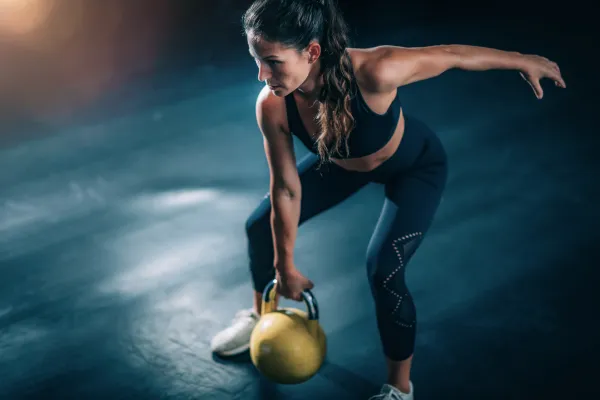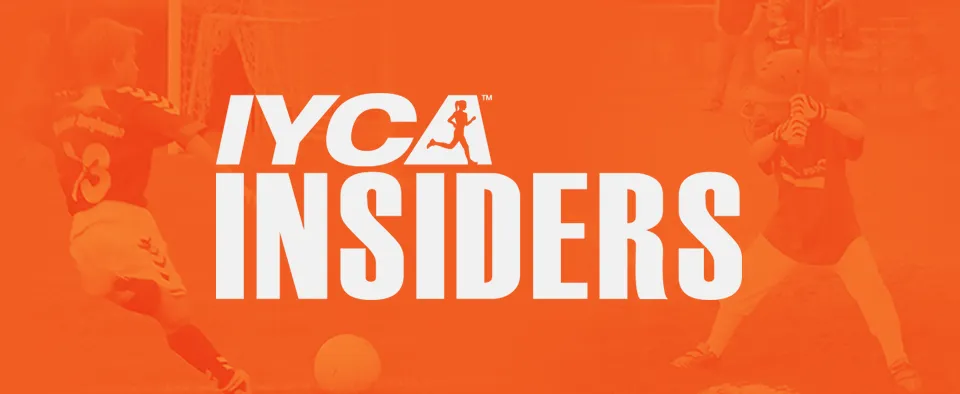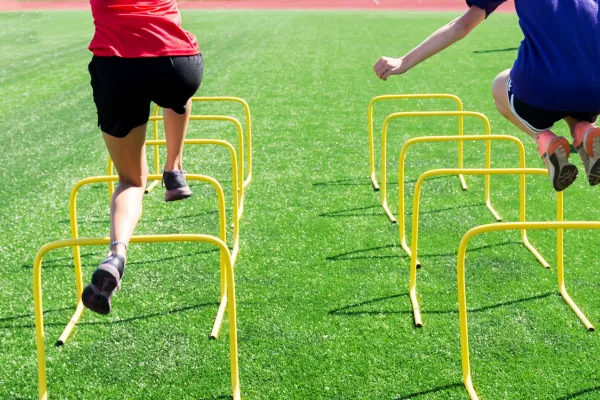Stop Hiring Coaches Just Because They Played the Sport: What to Look for Instead at Every Level
Hiring a coach? Being good at the game isn’t enough. Learn what truly matters when hiring coaches for youth sports—especially when working with female athletes.




